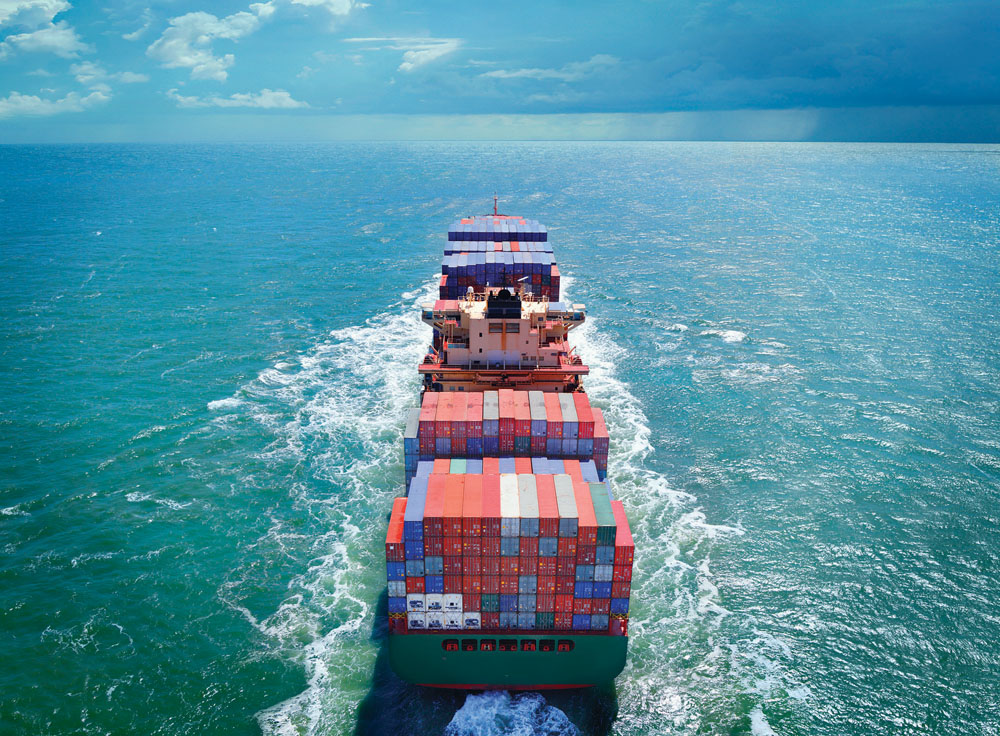The Canadian grain shipping industry needs a paradigm shift, according to one grain transportation expert.
Adil Cubukgil launched the Prairie Grain Portal (prairiegrainportal.com) in September 2021 to facilitate direct sales to overseas markets and add weight to the notion that Canada’s grain sector would benefit by increasing the portion of containerized grain shipments leaving its ports.
The latter is not a new idea. Bulk shipments, in which grain is loaded directly into ships’ holds and transported to its destination, have been the global standard. Over the last 20 years, more grain has been shipped in containers but the Canadian industry has been slower than other countries to adopt this method.
Read Also

Seeding Indigenous agricultural prosperity
National Circle for Indigenous Agriculture and Food says Indigenous agricultural success needs strong relationships.
Cubukgil traces that sluggishness to the legacy of the Canadian Wheat Board. When its monopoly ended in 2012, much of the world was moving toward containerization, but most of Canada’s infrastructure was geared toward bulk shipments.
That means Cubukgil and the Prairie Grain Portal face a hefty uphill battle.
The Prairie Grain Portal is not a trading site, which is clearly stated on its website.
“We are not sales agents; our goal is to monetize our online trade facilitation platform through advertising, market research, sponsorship, and consulting opportunities; we want to remove the unnecessary agents between buyer and seller by facilitating direct connections.”
“We’re saying, ‘Look, there’s a market failure here that can be fixed without any regulations by opening up new direct channels to overseas corporate buyers,’” said Cubukgil, and he hopes the portal can help open those channels.
[RELATED] Railway shipping record a hopeful sign, but consistency key to success
“Let’s take China, by far the largest grain importer in the world. More or less everything that comes from their west (Kazakhstan, Russia, Ukraine and the European Union) comes in containers. And end users have benefited hugely from that shift over the last 20 to 25 years,” he said.
“It used to be that by the time that Chinese flour mills got grains through bulk stocks, it would change hands three times. But now, it’s a single transaction purchase, and things are delivered directly.
“Flour mills, bakery chains and big corporate buyers are not dissimilar from what we have in North America,” said Cubukgil. “They want smaller quantities of these specific grades and classes of grains, delivered on regular schedules to specific feed mills or processing facilities. And they’re not interested in buying in bulk and that pattern has definitely taken hold.”
A 2015 paper on the containerization of grain exports, co-authored by logistics expert Barry Prentice of the Asper School of Business and Mark Hemmes, head of Quorom Corp., puts it another way.
“A bulk shipment in a Panamax ship may be handled by five or six large import buyers, who split up the cargo to supply many smaller domestic buyers. When the product goes in containers, the number of buyers available expands to hundreds. This creates opportunities to establish niche markets and form new loyalties.”
To date, no trades have been facilitated through the portal. Cubukgil said it is in the concept development stage, gathering data and putting together infrastructure for the finished platform. Based on the level of interest, he said he has high expectations.
As for the larger goal of a paradigm shift in Canadian grain shipping, there are numerous hurdles to overcome before any significant dent is made in the primacy of bulk shipping.
The Prentice/Hemmes paper includes a lengthy list of barriers to large-scale adoption of containerized shipping, the foremost being the significant infrastructure that exists to facilitate bulk shipments.
The paper notes that “grain companies, railways, and the government have made significant capital investments in bulk handling infrastructure, estimated to exceed $5 billion in Canada. This includes the country and port terminal network, the hopper car fleet, and the processes that allow them to function.”
There’s significant resistance within the industry to abandon that infrastructure because of the capital tied up in those assets.
Cubukgil faced his own hurdles when broaching the idea of containerization. Many producers were concerned about the risks of dealing with unknown buyers.
“We had those arguments when we first went online 15 to 16 months ago,” he said, adding those fears are overblown and the solution is easy.
“We basically said the only trades we’re going to facilitate are where farmers do not let go of possession of the grains until they’re paid. And secondly, if buyers want to procure this way, they’re going to take on the servicing and logistics costs. So farmers don’t have to worry about the trade risk. They just say no to all the other offers.”
Cubukgil spoke at the recent Fields on Wheels conference. His full presentation is available on the conference website.
















